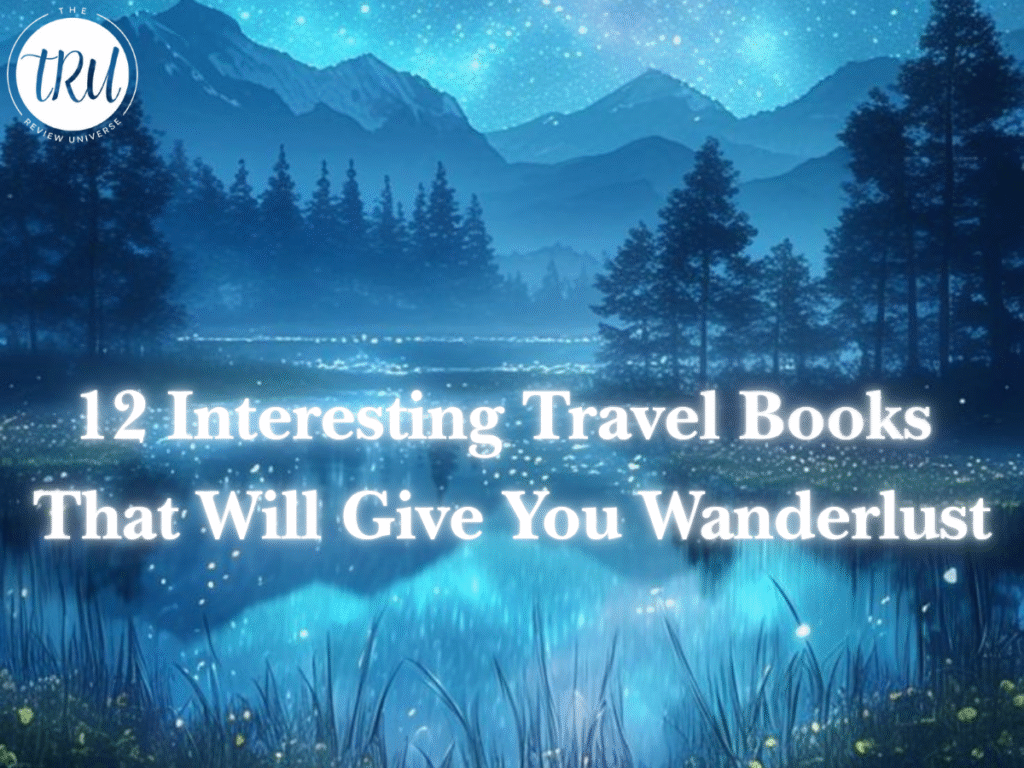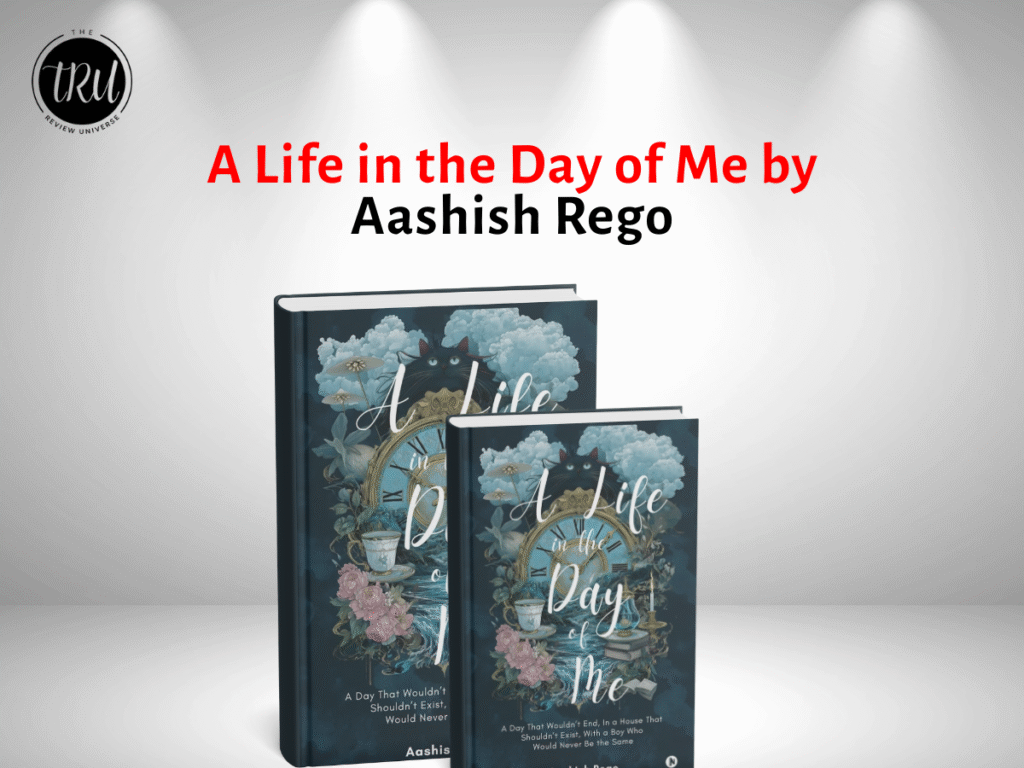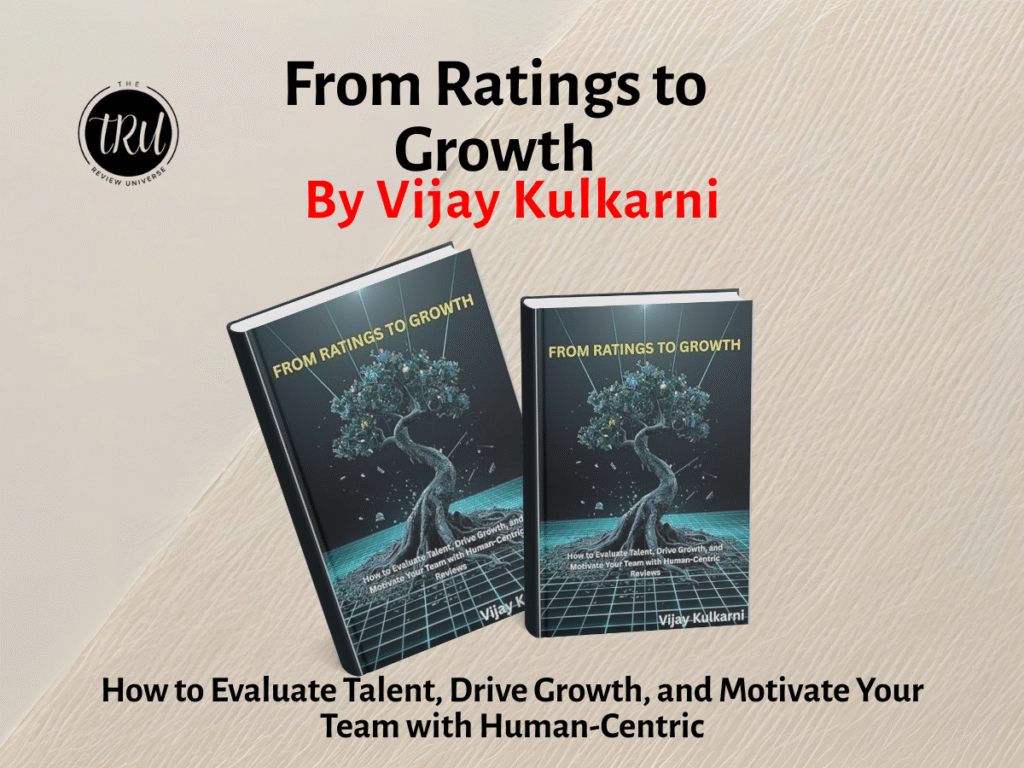
12 Interesting Travel Books
Travel Books bring in a sense of wanderlust among readers urging them to explore places!
- The Alchemist by Paulo Coelho
The Alchemist by Paulo Coelho has a magical way of inspiring wanderlust, and it’s not just about physical travel—it’s about the journey of self-discovery and seeking one’s personal legend. It stirs that sense of adventure. Santiago, the shepherd protagonist, starts his journey in hopes of finding treasure in Egypt. His adventure mirrors the universal human desire to seek and pursue dreams and ambitions. Santiago’s travels take him through diverse landscapes, from the rolling hills of Spain to the desert dunes of Egypt.
Coelho paints these places in such vivid, romantic details. The Alchemist evokes wanderlust by blending the thrill of physical travel with the deeper journey of following one’s dreams, reminding us that life’s adventure is often found when we pursue what we truly desire. It’s that sense of limitless potential that makes readers want to pack a bag and head off into the unknown—whether for a literal journey or a journey into themselves.
- On the Road by Jack Kerouac
On the Road by Jack Kerouac is a quintessential novel for anyone with a sense of wanderlust, and it’s often seen as a celebration of freedom, the open road, and the search for meaning. It stirs that desire to travel and experience life on the move. The book, On the Road, channels wanderlust by painting travel as an existential pursuit—an exploration of self, freedom, connection, and meaning. The book emphasizes that travel is not just about changing locations but about immersing oneself in life, embracing the chaos, and finding moments of clarity in the movement.
- Eat, Pray, Love by Elizabeth Gilbert
At the heart of Eat, Pray, Love is the protagonist’s journey of personal healing and reinvention. After experiencing a difficult divorce, Elizabeth Gilbert embarks on a year-long solo trip around the world to reconnect with herself. The idea of taking a deep, introspective journey while exploring new countries taps into a yearning to redefine one’s life. For readers who may be feeling lost or stuck in a routine, the book offers an invitation to travel—not just for the sake of exploration, but to discover a new, empowered version of yourself.
Gilbert’s travels take her to Italy (Eat), India (Pray), and Indonesia (Love), and in each place, she embraces different aspects of life—food, spirituality, and love. Each location represents a key part of her transformation. It suggests that the journey itself is as valuable as the destination, and that travel can be a way to heal, to grow, and to live more fully.
- The Beach by Alex Garland
The Beach by Alex Garland is a thrilling, dark, and captivating exploration of wanderlust, idealism, and the consequences of seeking paradise. The novel taps into the primal desire to escape the pressures of modern society and find a place of absolute freedom. The central element of The Beach is the search for a secret, untouched island in Thailand, a utopian paradise that promises freedom, peace, and an idyllic existence. This “beach” is a place where travelers can live off the grid, free from the constraints of modern society, and enjoy the ultimate form of escapism.
The idea of a secluded paradise is irresistible to anyone longing to disconnect from the world and experience something pure and unspoiled. This dream of a perfect escape into nature’s untouched beauty calls to the adventurer in all of us. It also asks the question: what happens when you find that paradise, and it’s not as perfect as you imagined?
The book ultimately taps into the dangers of idealizing the unknown, showing how the search for utopia can turn into a darker, more complicated journey. It reminds readers that sometimes the pursuit of paradise can be as destructive as it is exhilarating making you want to take that risk yourself, even as you wonder what it might cost.
- Shantaram by Gregory David Roberts
Shantaram by Gregory David Roberts is a sprawling, adventurous tale that combines the exotic allure of Mumbai with the raw, gritty reality of life on the streets, in the underworld, and in the depths of self-discovery. The novel is infused with a profound sense of wanderlust, but it also paints a complex picture of the cost of seeking adventure, freedom, and identity in an unfamiliar land.
The protagonist, Lin (based on Roberts himself), escapes from an Australian prison and arrives in Mumbai, where he seeks freedom from his past life and the constraints of the law. He’s running from a history of violence and crime, but also seeking personal redemption. Although Shantaram is filled with action and adventure, it’s also a profound exploration of the human experience of love, loyalty, loss, and friendship.
- The Shooting Star by Shivya Nath
Shivya Nath’s decision to leave behind a conventional, secure life a stable job in Singapore, societal expectations, and material comforts to become a full-time traveler is at the core of The Shooting Star. For many people, the idea of leaving behind the structured, predictable path of a “normal” life to pursue something unconventional is an exciting, almost irresistible thought. The book invites readers to consider what would happen if they simply let go of the safety nets they’ve created and followed their own path, free from societal pressures.
This radical pursuit of freedom resonates with anyone who dreams of living without boundaries. One of the key themes of the book is Shivya’s embrace of minimalism simplifying her possessions, letting go of excess, and seeking to experience the world with a lighter, more open heart. This minimalist philosophy is paired with the concept of “slow travel,” where the goal is to truly immerse yourself in a place, culture, and people, rather than rushing through as a typical tourist.
- The Great Railway Bazaar by Paul Theroux
The Great Railway Bazaar by Paul Theroux is one of the most iconic travelogues of the 20th century. It’s a vivid and sometimes gritty journey that takes readers across Europe, the Middle East, India, and Southeast Asia on trains an exploration of both the physical landscapes and the inner landscapes of the author himself. This book ignites wanderlust by offering a raw, unsentimental, and deeply personal view of long-distance travel. The very idea of traveling, by train sitting by the window, watching the world unfold outside has an inherent romanticism.
Trains offer the perfect balance between mobility and connection with the landscape. rom the opulence of London to the chaotic, crowded trains of India, the novel takes you into places most people would never dream of visiting. As Theroux travels through countries like Afghanistan, Pakistan, Sri Lanka, and Iran, he exposes readers to the sights, sounds, and smells of the unfamiliar.
- Seven Years in Tibet by Heinrich Harrer
Seven Years in Tibet by Heinrich Harrer is one of the most famous travel memoirs, recounting the author’s extraordinary journey from a prisoner of war to becoming a close confidant of the Dalai Lama. It’s a book that profoundly captures the essence of wanderlust not just the desire to explore new lands, but the deep, often transformative experiences that arise from spending time in a foreign culture. Harrer’s story begins with his escape from a British internment camp in India during World War II and his eventual journey into Tibet, a country then closed off to the outside world. The mystery and allure of Tibet the “Forbidden Kingdom” is woven throughout the book.
Rather than simply visiting, he becomes part of the Tibetan way of life, living with the people, learning their language, and eventually forging a deep, meaningful relationship with the Dalai Lama. He faces immense physical hardships—treacherous mountain passes, lack of food and supplies, isolation and also emotional struggles as he comes to terms with the loss of his home and family during the war. It shows that the most profound journeys are often those that take you not just to new places, but into new dimensions of your own self and the world around you.
- The Sun Also Rises by Ernest Hemingway
Set against the backdrop of post-World War I Europe, Hemingway’s novel captures the sense of a generation seeking purpose through movement, exploration, and immersion in the world around them. Through the eyes of the disillusioned expatriates who populate the novel, readers are introduced to a world where travel serves as a form of escapism, self-discovery, and a way to experience life’s most intense pleasures and frustrations.
The novel’s central characters are part of a group of expatriates living in Paris, who are searching for a sense of freedom after the trauma and destruction of World War I. The sense of liberation that comes with being away from one’s home country, the freedom to live without the restrictions of societal expectations, is a key theme throughout the book. The novel is often seen as a portrait of the “Lost Generation” a group of young people disillusioned by the horrors of World War I and struggling to find meaning in a world that seemed irrevocably changed.
- Venice by Jan Morris
Venice by Jan Morris is an evocative and poetic exploration of one of the most iconic cities in the world. Written in the mid-20th century, the book captures the essence of Venice in all its beauty, complexity, and melancholy. It’s a city that has inspired countless artists, writers, and travelers, and in Venice, Morris brings it to life in a way that both celebrates its grandeur and acknowledges its decline. The book is not just a travelogue; it’s a meditation on history, architecture, culture, and the unique spirit of the city.
She writes about the intricate canals, the majestic palaces, the vibrant piazzas, and the towering architecture with such lyrical intensity that readers can almost feel the texture of Venice beneath their feet. Venice’s beauty is described not as something static, but as a city in constant dialogue with time its elegance, decay, and unique juxtaposition of old-world charm and modernity are brought to life with a sense of wonder.
- The River at the Center of the World by Simon Winchester
The River at the Center of the World by Simon Winchester is a captivating and immersive travelogue that takes readers on an unforgettable journey through China, specifically along the mighty Yangtze River. The book combines history, culture, geography, and personal narrative to explore not just the physical landscape of the Yangtze, but also the profound impact the river has had on the people and the country. For those who have an insatiable wanderlust, this book is a perfect blend of adventure, history, and reflection, all set against the backdrop of one of the world’s most important waterways. A Rich Tapestry of Chinese History and Culture is portrayed.
- A Passage to India by E.M. Forster
A Passage to India by E.M. Forster is one of the most celebrated works of British literature, and it delves deeply into the complex, often fraught relationships between the British colonizers and the Indian population during the British Raj. Set in the fictional Indian town of Chandrapore, the novel navigates themes of race, colonialism, culture, friendship, and misunderstanding. Through a series of personal and political conflicts, A Passage to India explores how colonialism shapes individuals and societies, and how travel, particularly within such a charged historical and cultural context, can awaken both profound human connection and tragic disillusionment.
Read More Articles: https://thereviewuniverse.com/2025/12-lgbtq-books-you-should-add-to-your-reading-list-right-now/






